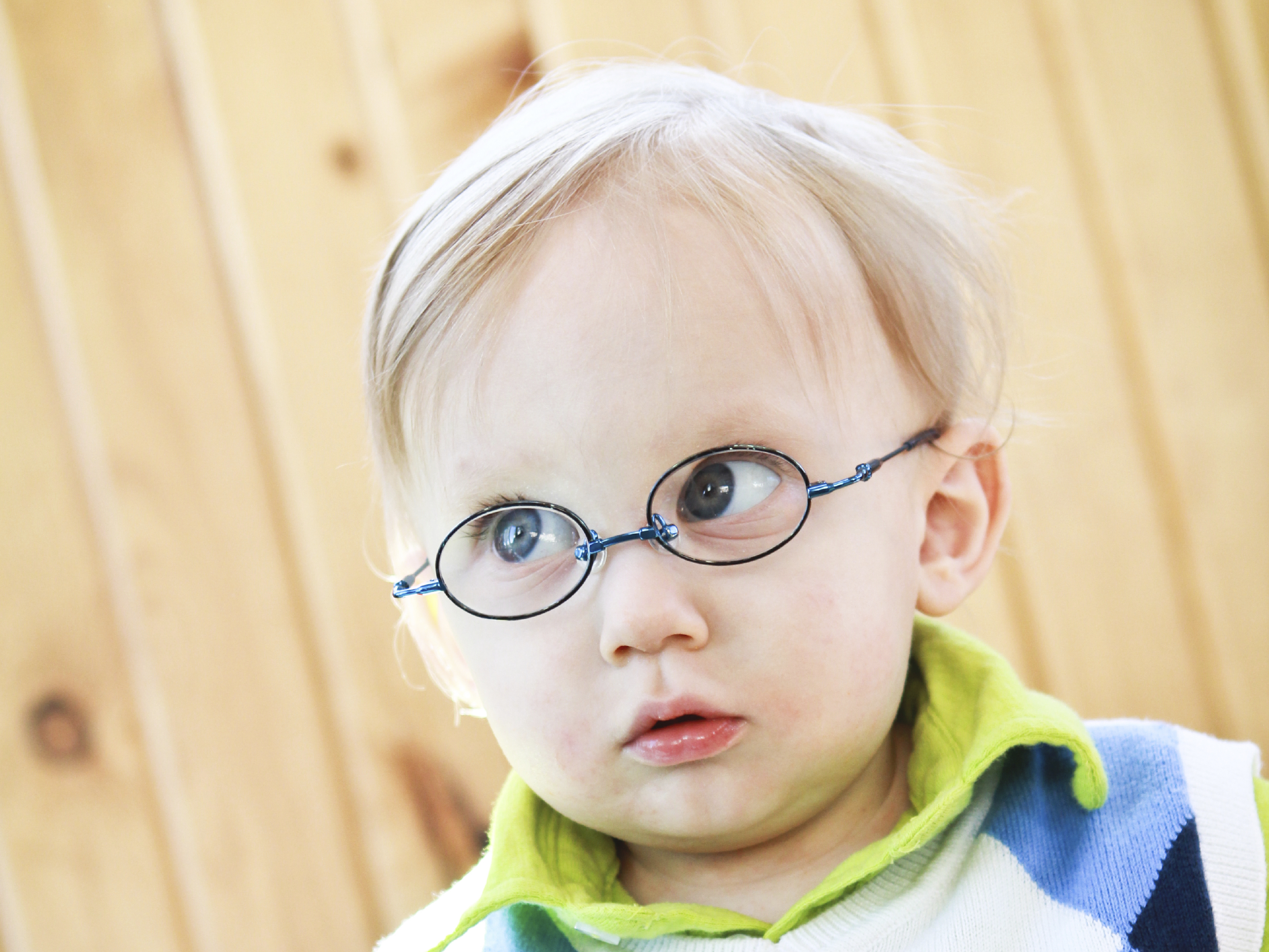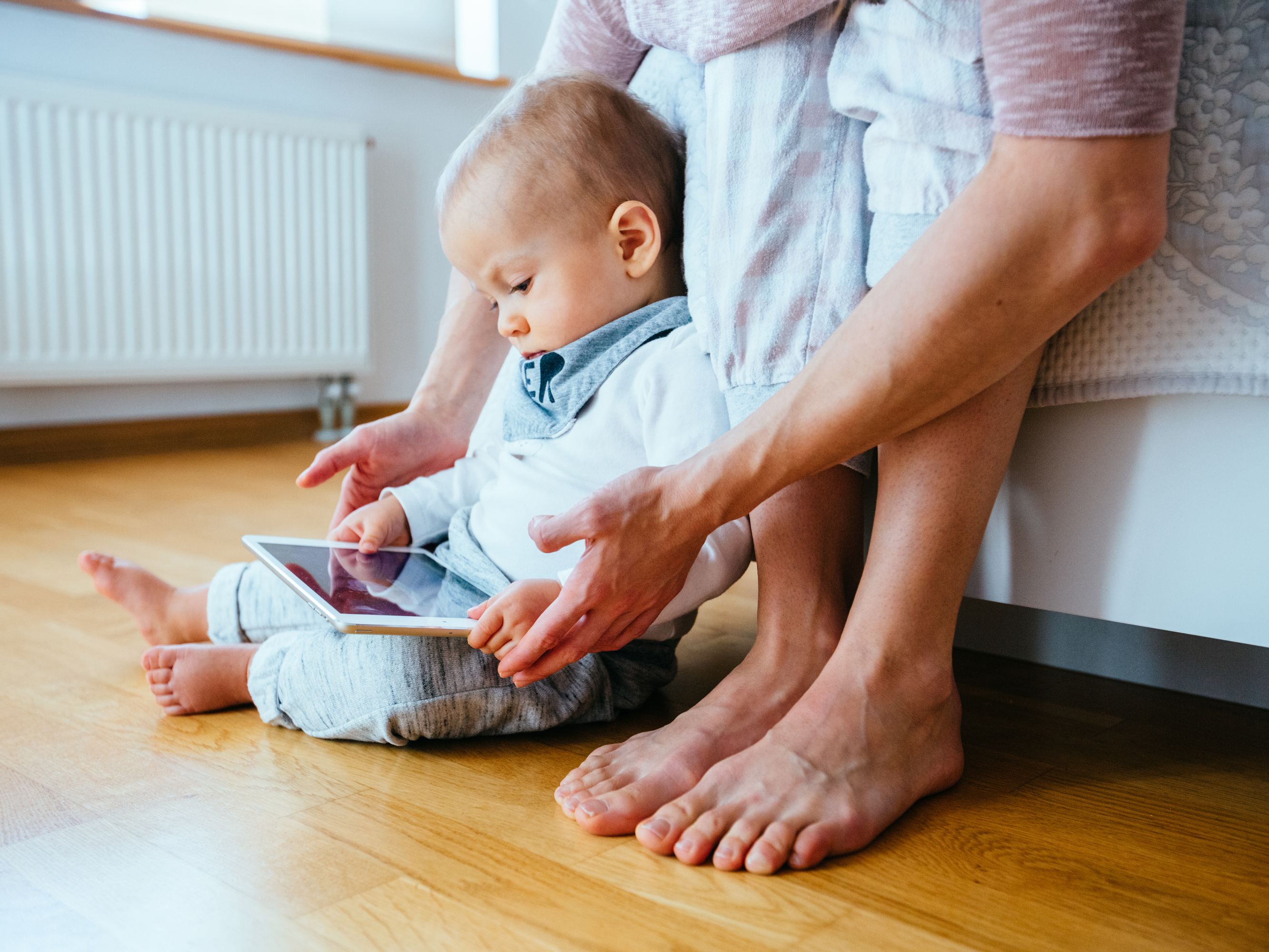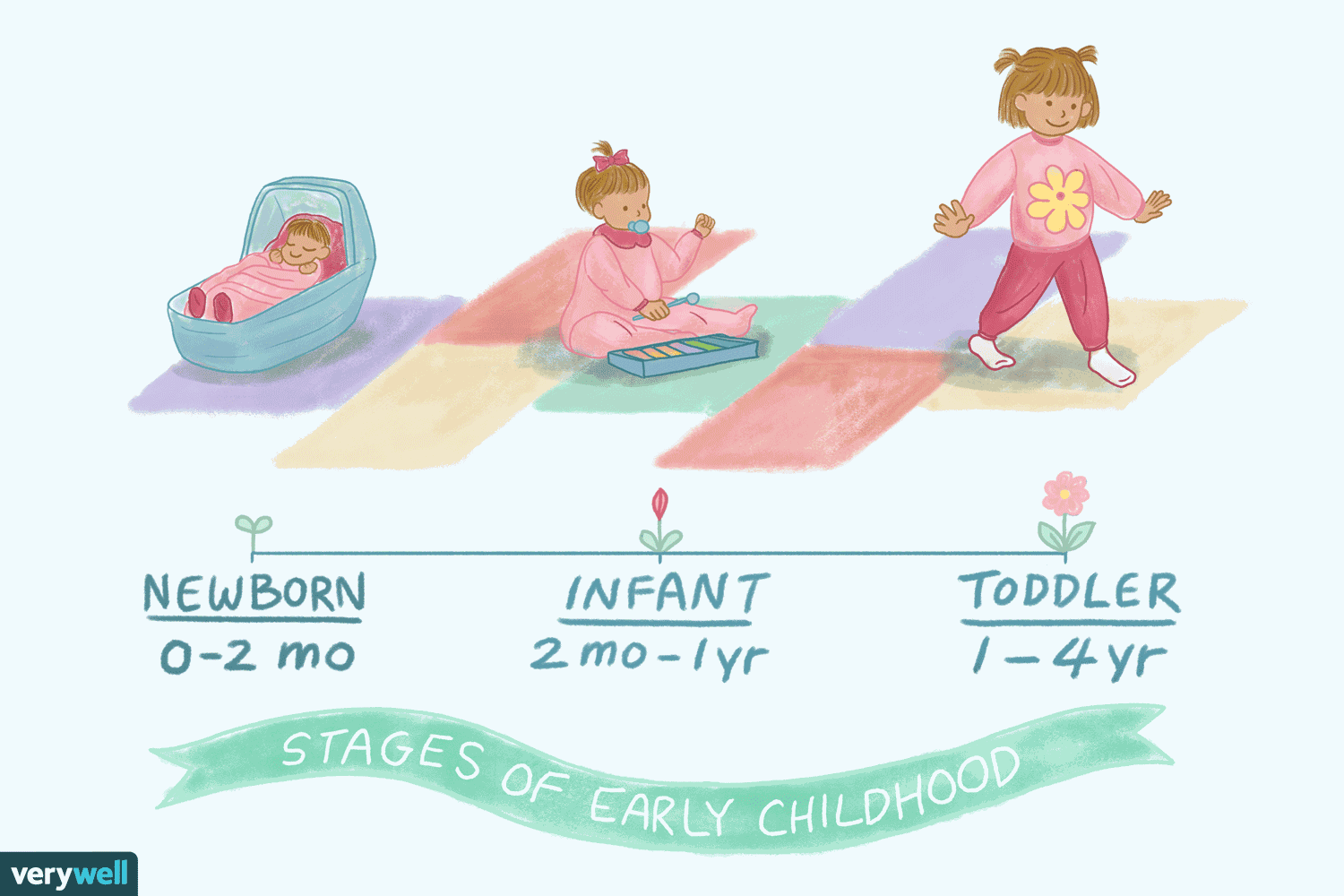
If you have a baby or a toddler, you know how important it is to constantly be on the lookout for their health and well-being. One aspect of their development that often goes unnoticed is their eyesight. It’s easy to assume that because they are young, their eyesight must be perfect. However, this is not always the case. Many babies and toddlers struggle with vision problems, such as near-sightedness or far-sightedness, that can affect their daily life. In this article, we will explore the signs that your baby may need glasses and how you can identify if they have vision problems.
One of the first signs that your baby may need glasses is if they are frequently rubbing their eyes. This could be a result of poor eyesight, as their eyes strain to focus on objects. Another sign to look out for is if your baby or toddler is squinting often, especially when looking at something in the distance. Squinting can be a way for them to try and clear their vision, but it’s a clear indication that they are struggling to see clearly.
In addition to rubbing their eyes and squinting, there are a few other signs that may indicate your baby or toddler has vision problems. One of these signs is if they are unusually clumsy or have poor coordination. If your child is frequently falling or having difficulty with basic motor skills, it could be due to their poor eyesight. Another sign to watch out for is if they are having trouble focusing or tracking objects. For example, if they have a hard time following a moving toy or if their eyes seem to wander when looking at something.
It’s important to note that these signs alone may not indicate that your child needs glasses. However, if you notice several of these signs and they persist over time, it’s a good idea to have their eyes examined by a professional. An optician or an optometrist can perform a thorough visual examination to determine if your child does indeed have a vision problem.
Early detection and intervention are crucial when it comes to your child’s eyesight. Many eye problems can be corrected or managed with the help of glasses or other devices. The American Optician Association recommends that children have their first comprehensive eye exam within the first year of life, and then again at age 3 and before starting school. By keeping a close eye on your baby or toddler’s visual health, you can ensure that they are set up for academic success and a lifetime of good eyesight.
In conclusion, if you notice any of the signs mentioned above, it’s important to take them seriously and consult with a healthcare professional. Don’t ignore any unusual behaviors or performance in your child, as it could be a warning sign of poor eyesight. Remember, you are your child’s best advocate, so trust your instincts and seek help if you have any concerns about their eyesight. By addressing any vision problems early on, you can give your child the best chance at clear and healthy eyesight for years to come.
Contents
Signs Your Baby May Need Glasses

When it comes to the vision of your baby, it’s important to keep an eye out for any signs that they may need glasses. While it’s not always easy to tell, there are a few indications that you can look out for. Here are some common signs:
- Coordination difficulties: If your baby is having trouble with coordination, such as trouble reaching for objects or frequently bumping into things, it may be a sign that they have vision problems.
- Getting really close: If your baby often leans in really close to objects or has difficulty seeing things that are far away, it could be a sign that they need glasses.
- Frequent eye rubbing: Babies commonly rub their eyes when they are tired, but if your baby rubs their eyes more often than usual or has red and watery eyes, it may indicate a vision problem.
- Trouble focusing: If your baby has difficulty focusing on objects or has a tendency to look off into the distance, it could be a sign of vision problems.
- Closing one eye: If your baby frequently closes one eye or tilts their head to one side while looking at objects, it may suggest that they are trying to compensate for poor vision in one eye.
- Reluctant to engage with screens: If your baby seems uninterested in screens, such as the TV or mobile devices, it may be because they are having difficulty seeing the images.
If you notice any of these signs in your baby, it is recommended to schedule a pediatric eye examination with a pediatrician or ophthalmologist. Early detection and intervention can help prevent further vision difficulties and ensure healthy academic and overall development for your child.
Remember, keeping an eye out for warning signs and knowing what to look for can help catch vision problems in your baby that may otherwise go unnoticed. If you have concerns about your baby’s vision, don’t hesitate to reach out for professional help.
How to Tell If Your Infant or Toddler has Vision Problems

Vision problems can occur in babies and young children, and it’s important to identify them early on to ensure their vision is properly corrected. While it may not always be easy to tell if your child is suffering from poor vision, there are some signs and symptoms you can look out for.
One of the warning signs of vision problems in infants and toddlers is frequent rubbing of their eyes. If your child frequently rubs their eyes, it may be a sign that they are experiencing some sort of discomfort or strain on their eyes.
Another sign to watch for is if your child has difficulty focusing on objects or has trouble tracking movements. If they have trouble following an object with their eyes or if they frequently lose track of objects, it may indicate a vision problem.
One simple way to check your child’s vision is to see how they respond to words or pictures. A child with good vision should be able to identify and point to objects when prompted. If your child consistently struggles to identify objects or if they have difficulty seeing things that are far away, it may be a sign that they need glasses.
In addition, if your child sits very close to the television or holds books or other things very close to their face, it may indicate a vision problem. Children with near-sightedness or hyperopia (far-sightedness) often exhibit these behaviors as a way to compensate for their poor vision.
If your child complains of frequent headaches or if they tire easily while doing near tasks, it may also be a sign of vision problems. Straining their eyes to see clearly can cause headaches, fatigue, and difficulty concentrating.
The American Optometric Association recommends that children have their eyes checked by an eye doctor at least once between the ages of 6 months and 3 years, and then again before they start school. Regular eye exams can help identify any vision problems and ensure that your child’s eyesight is healthy.
If you notice any of these signs or if you have concerns about your child’s vision, it’s important to schedule an appointment with an eye doctor. They can perform a comprehensive eye exam to determine if your child needs glasses or other vision correction.
Here are 7 signs to look out for

When it comes to determining whether your baby might need glasses, there are several signs that parents can watch out for. Here are seven common signs that may indicate your infant or toddler has vision problems:
- Rubbing their eyes frequently: If your baby is rubbing their eyes more often than normal, it could be a sign that their eyes are fatigued or strained.
- Squinting their eyes: Babies and toddlers often squint their eyes to try and focus on objects. If your child frequently squints, it may indicate that they are having trouble seeing clearly.
- Having difficulty tracking objects: If your child is having trouble following moving objects with their eyes or seems to lose interest in visually stimulating toys or games, it could be a sign of poor vision.
- Showing poor eye-hand coordination: If your baby has difficulty grabbing objects, reaching for things, or consistently misses when trying to catch or throw, it may be due to vision problems.
- Frequently tilting their head: A baby who frequently tilts their head to one side or leans in close to objects may be trying to compensate for poor vision in one eye.
- Having a family history of eye problems: If there is a family history of eye conditions, such as nearsightedness or astigmatism, your baby may be more likely to have similar issues.
- Performing poorly in near tasks: If your child struggles with activities that require near sight, such as recognizing faces, looking at books, or watching screens, it could indicate vision problems.
If you notice any of these signs in your baby or toddler, it’s important to schedule a thorough eye examination with a pediatric ophthalmologist or optician. Heather Cimino, a pediatrician at the National Eye Institute, says, “It’s easy to dismiss these signs as common behaviors in babies, but it’s important to pay attention as they could be warning signs of vision problems.”
Don’t hesitate to reach out to a healthcare professional if you’re unsure about your baby’s eye health. Remember, early detection and intervention can greatly improve your child’s vision and overall eye health in the long run.
